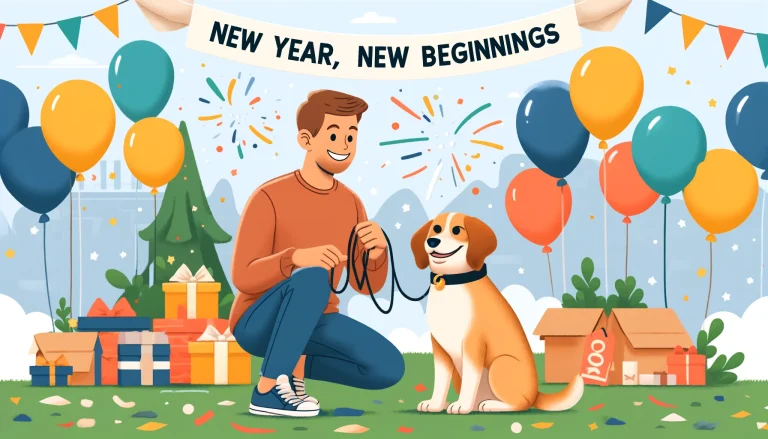Your Dog’s Leash Is Like a Phone Call: Are You Sending Mixed Signals?
Walking your dog should be a calming and enjoyable experience for both of you, but for many dog owners, it’s a source of frustration. Your dog pulls, lunges, or seems oblivious to your cues, leaving you feeling like you’re speaking two different languages. Here’s the thing: you are—and the leash is the translator.
Your dog’s leash is like a phone line connecting you both. Unfortunately, many owners unintentionally send mixed signals through leash tension, body language, and timing. In this blog, we’ll uncover how your leash communication may be affecting your dog’s behavior, how to interpret their signals, and how to improve your leash skills for better walks.
1. Leash Tension and Communication
Every time you pick up your dog’s leash, you’re sending them messages—whether you realize it or not. A tight leash, for example, often communicates anxiety, tension, or even aggression.
Here’s how leash tension can impact your dog:
- Creating Reactivity: Constantly holding the leash tight can make your dog feel restricted and vulnerable, which can lead to reactive behaviors like barking or lunging.
- Unintentional Reinforcement: If you pull the leash to redirect your dog when they’re fixated on something, they may interpret that as validation of their focus or excitement.
- Blocking Natural Behavior: Dogs use body language and movement to express themselves. A tight leash restricts their ability to communicate and can lead to frustration.
The goal is to create a leash connection that’s relaxed, clear, and communicative—much like a calm and clear phone call.
2. Reading Your Dog’s Responses
Your dog is constantly “talking” to you through their body language. Learning to interpret these signals during walks can help you respond appropriately and avoid misunderstandings.
Key things to observe:
- Posture and Movement: Is your dog pulling forward, hesitating, or looking back at you? Each movement tells a story about what they’re feeling.
- Ear Position and Tail Wagging: Forward ears may indicate curiosity, while pinned-back ears could signal anxiety. A wagging tail doesn’t always mean happiness—it can also indicate nervous excitement.
- Breathing Patterns: Rapid breathing or panting (outside of exercise or heat) could mean your dog is stressed or overstimulated.
- “NOTE: not all dogs show normal or any body language”
By paying attention to these cues, you can anticipate your dog’s reactions and guide them through challenging situations without relying on leash corrections alone.
3. Improving Leash Skills
Leash skills are about more than just stopping your dog from pulling. They’re about creating a calm and cooperative partnership during your walks. Here are some key techniques to improve your leash communication:
- Loose-Leash Walking: Start by rewarding your dog whenever the leash is slack. This teaches them that staying close to you is more rewarding than pulling.
- The “Stop-and-Go” Method: If your dog begins to pull, stop walking immediately. Resume walking only when the leash is slack again. This teaches them that pulling gets them nowhere.
- Use of Markers and Rewards: Pair a marker word like “yes” or a clicker with treats to reward your dog when they walk calmly beside you. Clear, consistent rewards help reinforce good leash behavior.
- Practice Redirection: Instead of pulling on the leash, use a verbal cue or a slight body movement to redirect your dog’s attention. This keeps communication clear and avoids adding tension.
- Consider Professional Training: If leash reactivity or pulling is a persistent problem, our balanced training approach, which incorporates tools like the e-collar, can help ensure clear and immediate communication.
Building a Better Connection Through the Leash
Walking your dog is one of the best opportunities to bond, but it’s also one of the most common sources of behavioral issues. When you understand how to communicate through the leash and interpret your dog’s body language, walks become more enjoyable, productive, and stress-free.
At our training facility, we specialize in helping dog owners master leash skills using proven techniques. Whether your dog is a leash puller, a reactive walker, or simply needs help with focus, our programs are tailored to meet your needs and theirs.
Ready to Transform Your Walks?
If your walks feel like a battle instead of a bonding experience, we’re here to help. With the right tools, techniques, and professional guidance, you can create a calm and cooperative leash connection with your dog. Contact us today to learn more about our training programs and start enjoying every walk again.
Clear communication is just a leash away. Let’s get started!




